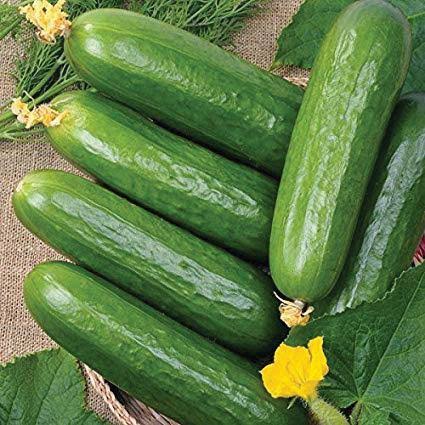Market Gardening Made Easy: Selecting the Right Plant Varieties for Profitable Sales
Market gardening offers a wonderful opportunity to turn your passion for plants into a profitable venture. The key to success in market gardening is to select plant varieties that are in high demand and suitable for profitable sales. In this blog, we will share some important tips and considerations when selecting plant varieties to maximize your chances of success in the marketplace.
Click and see how I produced cucumbers in sacks
See the three sisters of crop production.
Click and see how you can maximize your tomato yields
Download free ebook on organic poultry production
- Research your market: Before selecting plant varieties, it is important to understand your market. Consider factors such as the climate, soil type, and growing conditions in your region. Also, research the preferences of your potential customers. This will help you identify the plant varieties that are in high demand and likely to sell well. Know your target market: Understanding your target market is critical to selecting the right plant variety. Research the preferences and desires of your local customers, including restaurants, farmers' markets, and retailers.
Assess your resources: Consider the resources you have available, including land, labor, and equipment. This will help you identify the plant varieties that are feasible for your operation.
Evaluate the yield potential: Look for plant varieties that have a high yield potential. This will help you maximize your profits and ensure that you can meet the demand of your customers.
Consider disease resistance: Look for plant varieties that are resistant to common diseases and pests in your region. This will help you reduce the risk of crop failure and minimize the need for expensive chemical treatments.
Look for unique and niche varieties: Consider offering unique and niche plant varieties that are not commonly available in your region. This will help you stand out from your competitors and attract customers who are looking for something different.
Consider the seasonality: Choose plant varieties that are appropriate for the growing season in your region. For example, if you have a short growing season, look for plant varieties that mature quickly.
Check for legal restrictions: Be aware of any legal restrictions that may apply to certain plant varieties. For example, some invasive species may be prohibited in certain regions.
Click and see how I produced cucumbers in sacks
See the three sisters of crop production.
Click and see how you can maximize your tomato yields
Download free ebook on organic poultry production
Consider market demand: Identify plants that are popular and in constant demand. High-value crops such as heirloom tomatoes, specialty herbs, salad greens, and unique floral varieties often command premium prices. Conduct market research, contact potential customers, and observe market trends to assess demand for different plant varieties. Focus on plants that have proven attractive in the marketplace and can be expected to generate steady sales. Adapt to local conditions: Select varieties that are suited to local climate, soil conditions, and growing seasons. Consider conditions such as temperature, rainfall, and hours of sunlight. Choosing native or locally adapted varieties often results in better plant performance, fewer inputs, and greater customer satisfaction. Evaluate whether a plant variety is adapted to a particular region for successful cultivation and marketability. Evaluate yield and productivity: Evaluate the yield and productivity of different plant varieties, taking into account market demand. Select varieties that have good yield potential and can consistently supply market demand. Disease resistance, ripening time, and plant health should be considered. Balancing market demand with yield is the key to profitable and sustainable market gardening. Focus on unique and niche product offerings: Differentiate your market garden by offering unique, specialty, and hard-to-find varieties. These offerings can attract customers who want something different and are willing to pay a premium for distinctive products. Consider rare heirloom varieties, gourmet herbs, exotic vegetables, and native flowers that are not often available in mainstream markets. Offering unique products will set you apart from your competitors and create a loyal customer base.
Click and see how I produced cucumbers in sacks
See the three sisters of crop production.


Comments
Post a Comment